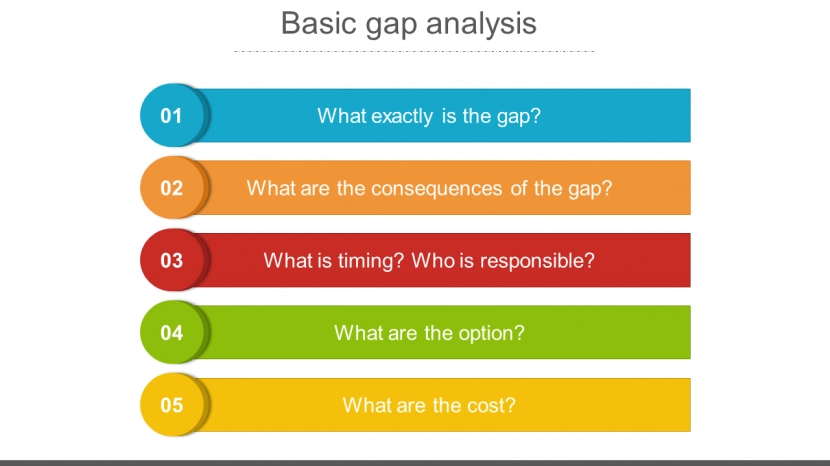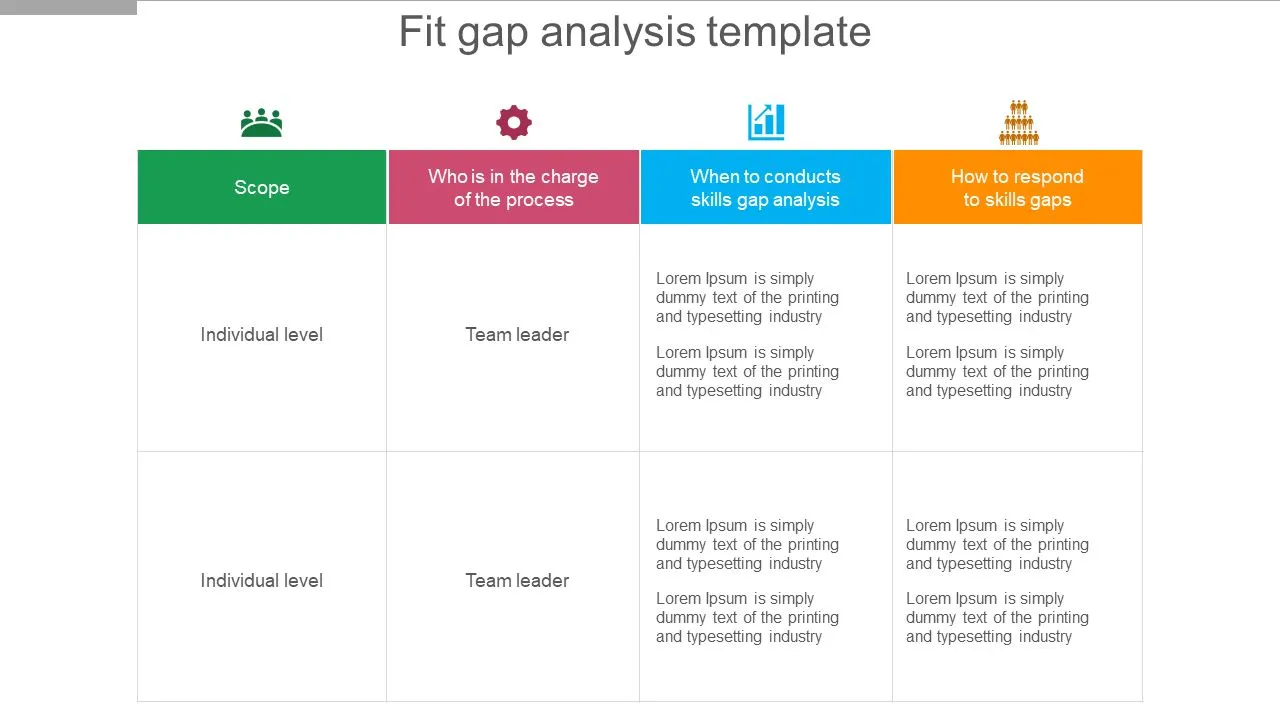A fit gap analysis is a method of evaluating how well your current business processes and systems align with your desired goals and outcomes.
It helps you identify the gaps or discrepancies between your current state and your future state, and determine the best ways to bridge them.
A fit gap analysis can benefit your business by enhancing efficiency, improving decision-making, identifying areas for improvement, and minimizing errors and risks.
Defining a Fit Gap Analysis

A fit gap analysis is a systematic process of comparing your business requirements to your current operations and identifying the gaps or differences between them.
The purpose of a fit gap analysis is to understand how well your business processes and systems are meeting your needs and expectations, and where they are falling short or need improvement.
Some of the reasons why you might want to conduct a fit gap analysis include:
- You are implementing a new system or software and want to ensure it meets your business needs and integrates well with your existing processes.
- You are undergoing a business transformation or change initiative and want to align your processes and systems with your new vision and strategy.
- You are facing challenges or issues in your current operations and want to identify the root causes and potential solutions.
- You want to optimize your business performance and achieve higher levels of efficiency and productivity.
Benefits of Performing a Fit Gap Analysis for Your Business
Performing a fit gap analysis can provide you with several benefits for your business, such as:
- Eliminate waste, reduce costs, streamline workflows, and increase output and quality by finding and fixing gaps and inefficiencies.
- Gain clarity on goals and priorities, evaluate options, and make informed decisions by comparing current and desired states.
- Find and improve weak areas in processes and systems by assessing strengths and weaknesses.
- Prevent or mitigate errors and risks, enhance compliance, ensure accuracy, and protect reputation by detecting errors and risks.
Conducting a Fit Gap Analysis: Steps and Methods
There are different methods and tools that you can use to conduct a fit gap analysis, depending on the scope and complexity of your project.
However, the general steps involved in conducting a fit gap analysis are:
- Define your project goals, requirements, and success metrics.
- Evaluate your current processes and systems, and their inputs, outputs, resources, roles, costs, benefits, risks, etc.
- Compare your current and desired states, find the gaps and their causes and impacts, and rank the improvement areas by urgency and importance.
- Develop a plan to bridge the gaps, assign actions, responsibilities, timelines, resources, and budget, and track progress and outcomes.
Conclusion
A fit gap analysis is a valuable method of evaluating how well your current business processes and systems align with your desired goals and outcomes.
It helps you identify the gaps or discrepancies between your current state and your future state, and determine the best ways to bridge them.
By performing a fit gap analysis for your business, you can enhance efficiency, improve decision-making, identify areas for improvement, and minimize errors and risks.
A fit gap analysis can help you achieve higher levels of performance and satisfaction for your business.



